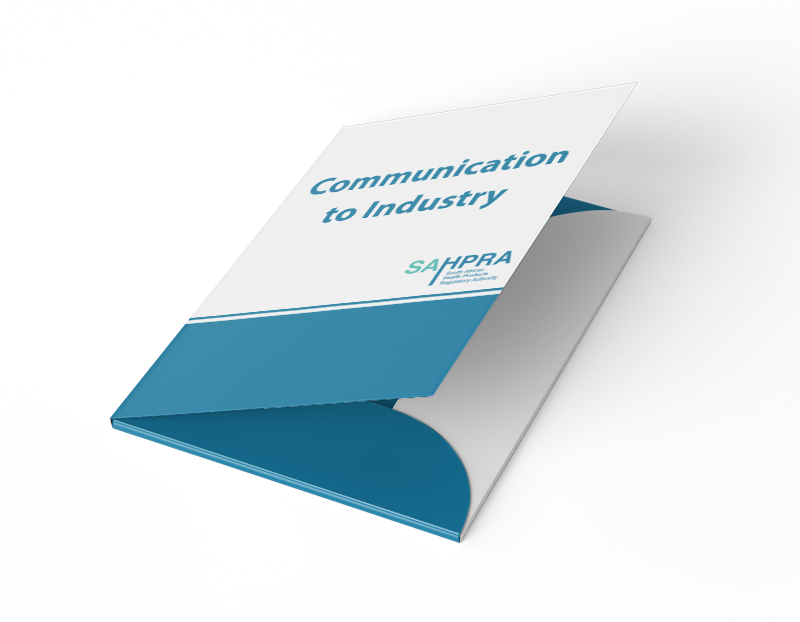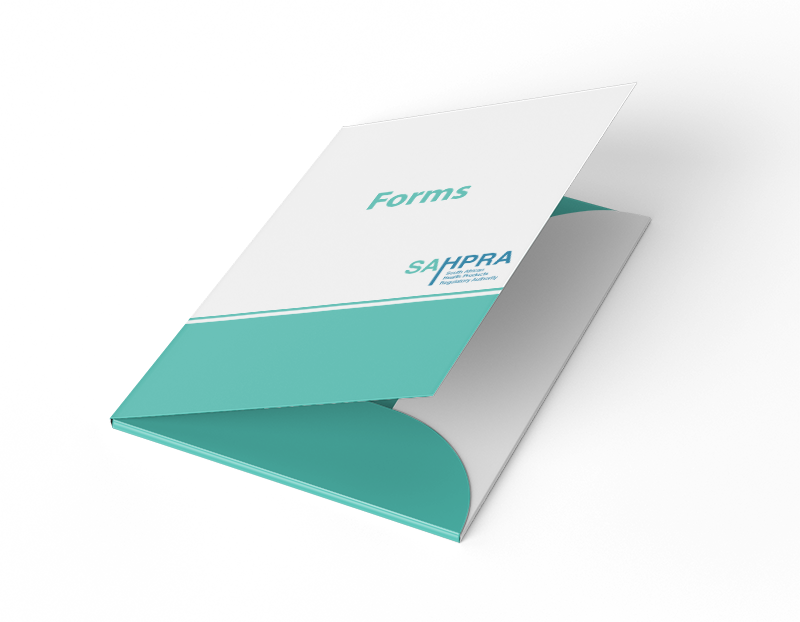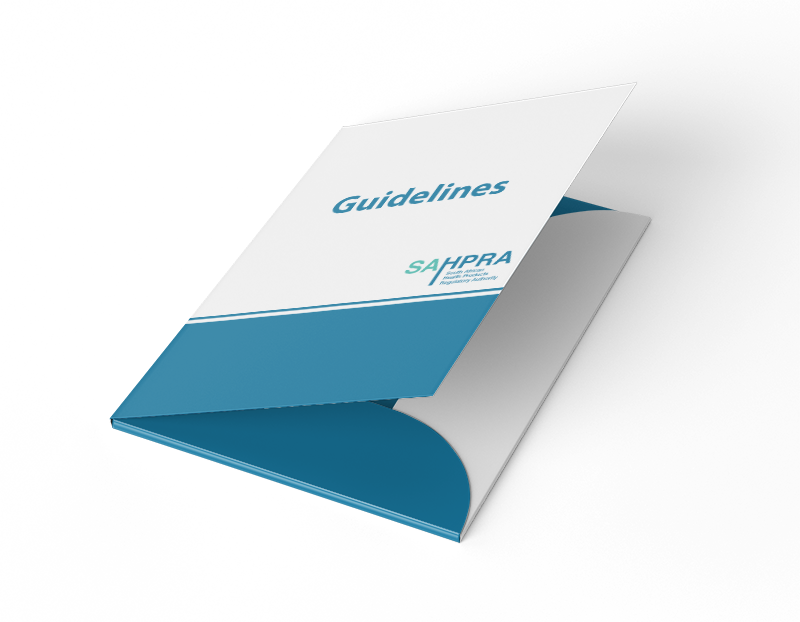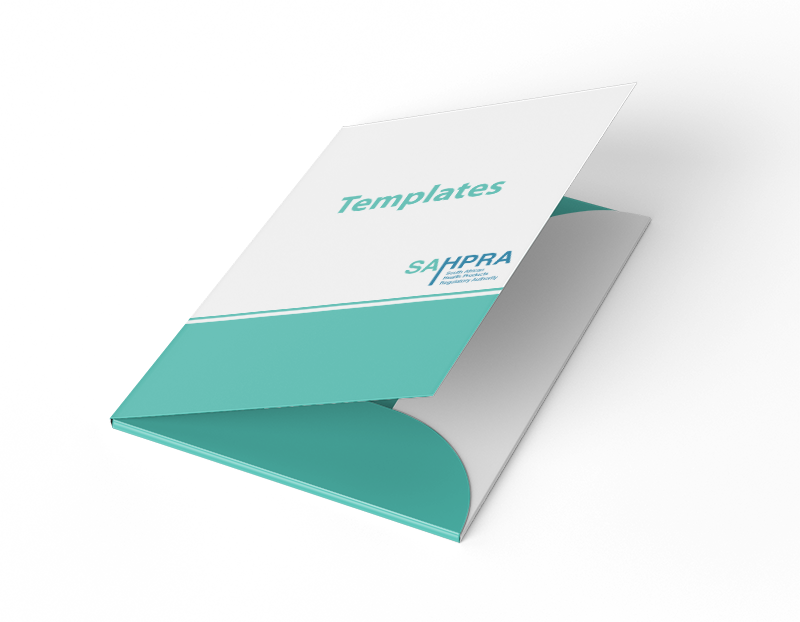
Historical Background
On the 15th November 2013 the Minister of Health published amendments to the General Regulations made in terms of the Medicines and Related Substance Act, 1965 (Act 101 of 1965) (hereafter referred to as “then General Regulations”), which established a category of medicines, Complementary Medicines (Category D) and effectively established a regulatory framework for this category.
The medicines which fall under this definition originate from the six (6) major disciplines recognised by the South African Health Products Regulatory Authority (SAHPRA) namely Aromatherapy, Ayurveda, Homeopathy, Traditional Chinese Medicine, Unani Tibb and Western Herbal Medicine, as well as combination products identified in the accompanying Guideline for Complementary Medicines (Quality, Safety and Efficacy) published in the same year.
Following further interaction with various stakeholders, the category of Complementary Medicines was broadened to establish two sub-categories of Category D (Complementary medicines), reflected in the General Regulations published and implemented as per Government Notice 859 in Government Gazette 41064 on 25 August 2017. This resulted in the inclusion of new sub-categories of Category D, including those traditional disciplines that are not indigenous to South Africa (discipline-specific medicines) but also the more modern supplement-type of medicines (health supplements).
The original deadlines for submission of applications for registration prescribed by regulation 48C of the General Regulations in 2013 were deleted by the General Regulations in 2017. A new timeline, which will be established by way of the publication of call-up notices in terms of section 14 of the Medicines and Related Substance Act, 1965 (Act 101 of 1965) (hereafter referred to as “the Medicines Act”), for the application and registration of complementary medicines, is required. The registration and availability of complementary medicines will consider their quality, safety and efficacy as per section 1(2) of the Medicines Act and in line with their relative risk.
Discipline-specific medicines are considered either as being of HIGH RISK (clinical evidence required in justification of safety and efficacy) or LOW RISK (traditional evidence may be submitted in justification of safety and efficacy) based primarily on indication but also on composition and dosage form. Health supplements allow only LOW RISK indications and substances, in accordance with lists of substances, dosage ranges and indications stipulated in the guidelines issued by SAHPRA.
Registration
Effective the 15 th November 2013, the then Medicines Control Council, currently SAHPRA, by virtue of powers vested in it by section 14(2) of the Act, by resolution approved by the Minister of Health, determined that complementary medicines falling in Category D and in the different pharmacological classifications are subjected to registration as per the provisions of the Act. All complementary medicines, as defined, will be permitted continued rights of sale, provided that:
- An application is submitted for their registration by the prescribed deadlines of the applicable Call-up notice;
- They are manufactured, imported, exported, wholesaled or distributed by a holder of a relevant licence contemplated in section 22C(1)(b) of the Medicines Act at the end of the timeframe specified herein;
- They are specifically compliant with the requirements of section 20 and regulations 10, 11, 12 and 42 as prescribed, and are compliant with any other relevant provisions of the Medicines Act and its regulations; and
- They are indicated based on LOW RISK, which includes:
- General health enhancement without any reference to specific diseases;
- Health maintenance; or
- Relief of minor symptoms (not related to a disease or disorder).
The registration and availability of these medicines will take into account quality, safety and efficacy of their production and sale in line with their relative risk which are prescribed according to the developed guidelines issued by the SAHPRA.
Health Supplements Substances
Health supplements include those substances listed in the following annexures:(refer to 7.04)
Annexure C – Probiotics
Annexure D – Prebiotics
Annexure E – Vitamins
Annexure F – Minerals
Annexure G – Proteins and Amino Acids
Annexure H – Animal Extracts, Products and Derivatives
Annexure I – Fats, Oils and Fatty Acids
Annexure J – Carotenoids
Annexure K – Bioflavonoids and Polyphenols
Annexure L – Aminosaccharides
These annexures are under development.
Annexure M – Saccharides
Annexure N – Enzymes
Annexure O – Other
Guidance is also intended for the use of other related substances with both sub-categories such as Caffeine, Camphor and Menthol. It is undoubtedly important to provide a framework which allows for oversight of the claims / indications made by these products to check if they have any basis for their prescription, most important the oversight of their quality and ensuring that they are safe to be taken as indicated.
Part of this includes the requirement for the correct labelling of all products and correct supply of information to all consumers including identifying such products as Complementary Medicines and a precise description of their intended use. Fees payable in terms of the provision of the Medicines and Related Substances Act, 1965 for the registration of all categories of medicines was published in the government gazette No. 41871 of 31 August 2018.




